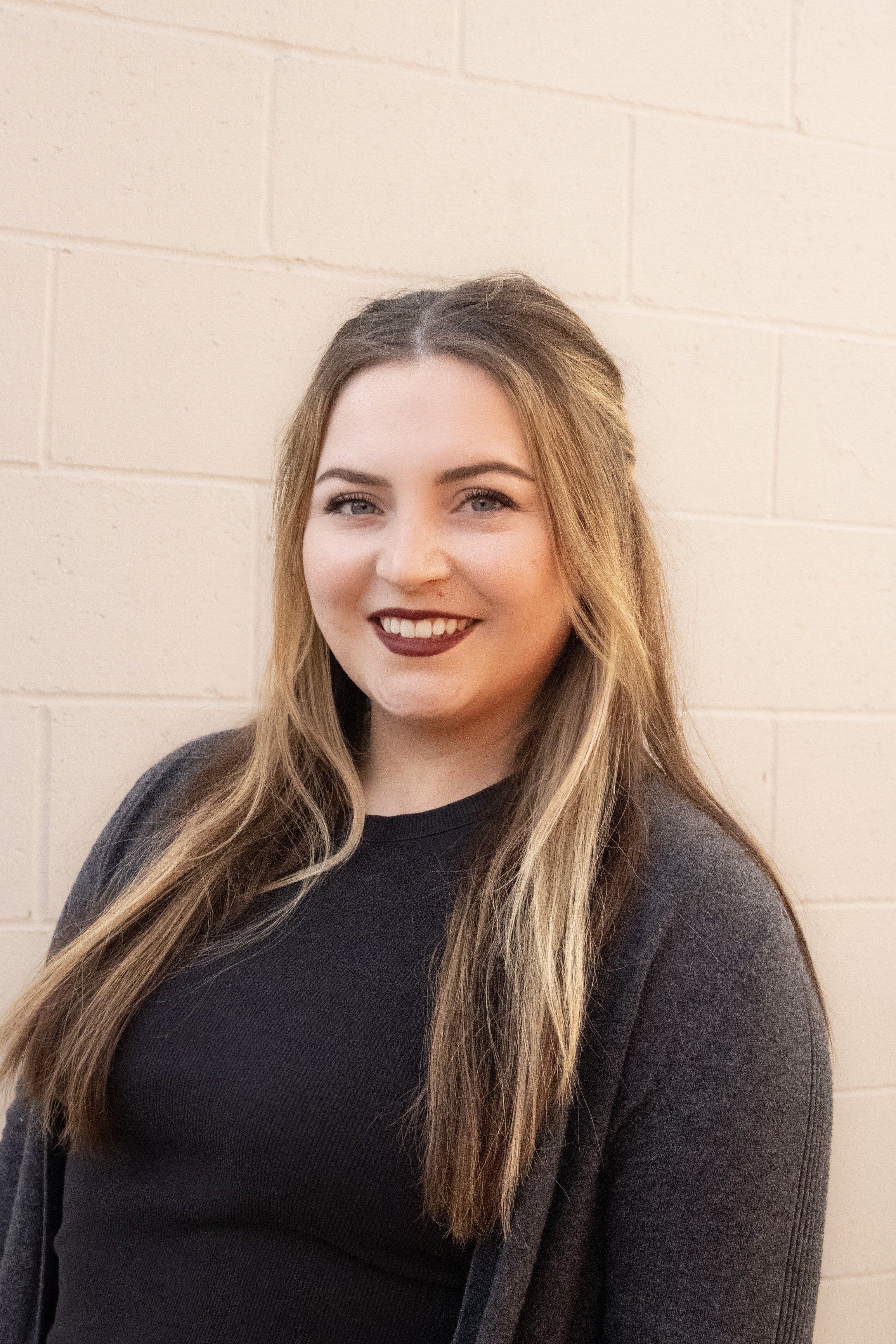Two great tastes that taste great together
by Sharon Fisher
Sometimes partnering with your best customer just makes sense.
That’s what happened with STEM Forged, an educational software company, and Blocksmith, a software company, each based in Meridian.
Ashley Byington, vice president of marketing at STEM Forged. Image courtesy STEM Forged.
“Merging was the natural thing to do because we had already worked so closely together,” said Ashley Byington, vice president of marketing for STEM Forged.
The STEM Forged part
STEM Forged was originally intended to be an in-person makerspace in a couple of locations in Boise and Meridian, Byington said. “There was lots of video game design and robotics and things like that,” geared toward the middle school and high school market, she said. When COVID-19 happened, the work moved online, and then progressed to private lessons for kids in the makerspace, which then expanded to kids outside the makerspace.
“Then we thought, ‘Rather than private lessons, why don’t we help schools?’” Byington said.
Schools pay STEM Forged $6,000 a year for two hours of classes per week. That $6,000 pays for a teacher, curriculum, licenses, tech support, and any tournaments the class might do, such as e-sports. “We implement it so well that schools don’t have to do much other than show up,” Byington said.
Currently, the company has about 70 programs running internationally, with about 20 of them in Idaho, Byington said. The school provides an in-person facilitator and the teacher, whom STEM Forged pays at least $20 per hour, is remote via Zoom, Byington said. For example, one Idaho school has an e-sports teacher in Florida. “They have a really great coach because he has great skills and a background in e-sports,” she said. “It increases the pool of talent.”
STEM Forged has about 15-20 internal employees and about 25-30 instructors, for a total of about 50 employees, Byington said. Employees generally work at home but the company also has a membership at Kiln in Meridian, she said.
Markus Nigrin, chief product officer at STEM Forged. Image courtesy STEM Forged.
The Blocksmith part
Blocksmith, founded in 2016, started out as a metaverse 3D building tool developed as a no-code solution for 3D virtual environments to create small 3D experiences, said CEO Markus Nigrin, now chief product officer for STEM Forged.
“It turned out that for a tool like ours, the big virtual reality revolution didn’t really happen,” Nigrin said. The company had just five employees, also housed in Kiln, and was self-funded. “We had slow growth, but we were profitable.”
While it wasn’t intentional, Blocksmith found itself more and more selling into the education space, and its tool got a stronger gold in that market.
And as it turned out, STEM Forged was a big part of the reason. “STEM Forged was on track to sell more of our product than any of our partners,” Nigrin said. “The schools needed the handholding and coaching they provided. No matter how easy we make the software, it’s quite an undertaking for a teacher. With a service like STEM Forged, you have professional instructors trained on that subject and you send a subject matter expert in to help the teacher run the class. It’s a very good combination, and very well received.”
Grant Hathaway, CEO at STEM Forged. Image courtesy STEM Forged.
The merger process
Basically, the merger started while STEM Forged CEO Grant Hathaway was working on a seed round. “Grant started talking about it with Markus,” Byington said. “’You know what would be cool it to do this together as a company.” We merged, and then we completed the seed round.”
Merging helped both companies, Nigrin said. Blocksmith helping with the operations side meant STEM Forged could do more for its customers, and Blocksmith could move more strongly into the education space without having to expand itself. “Just selling a software and software-as-a-service product in the education space is not as valuable as a full-service program,” Nigrin said. “For us, ramping up with a sales team would have been very difficult. Doing it together with a company with that level of outreach is a huge benefit. It’s one of the very few mergers I’ve seen that makes so much sense.”
Other than the change in Nigrin’s role, there hasn’t been a lot of difference, Byington said. “There was so much synergy with this because we closely worked together,” she said. “Merging has provided us a stronger product to offer to schools. It was like bringing more friends on, and having a software department. Now we get to all talk together about all these new products.”
“Also, our marketing department exists now,” Byington added.
The process was a “merger of equals,” Nigrin said. “We throw everything together and we combine shareholders with a 50-50 split.”
Now what?
The merged companies completed their seed round of $400,000 from local angel investors such as Trolley House Ventures, Alturas Ventures, Idaho Capital Ventures, and some individuals, said Nigrin.
Now that the two companies have merged, the emphasis is on developing a K-2 offering, which it hopes to announce this summer, Nigrin said. “We start them slow,” he said. “We use collaborative games to teach the kids elementary school basics,” such as math, literacy, arts, and science. The company will be offering both instructor-led classes and ones that teachers can run on their own, he said.
“What we want to do is elevate that a little bit more,” compared with existing offerings, Byington said. “Drag-and-drop stuff is great, but it can be more interactive, and that’s what we’re trying to do.”
In addition, “We’re currently in the process of creating e-sports software to track students’ process, not only in the game but also in soft skills,” such as communication and leadership, Byington said.
E-sports has the benefit of being both a class and a sports program, said Nigrin, noting that an upcoming study found that participating in e-sports increased students’ engagement level in all aspects of education. “You reach kids with e-sports that you don’t reach with other programs,” he said. “There’s a large group of kids who feel disengaged, but with e-sports, you can capture them.”
Moreover, e-sports offers advancement possibilities, Nigrin said. “Both e-sports and game design are seeing more stipends,” he said. 800 colleges are offering e-sports programs, while 500 are offering stipends for good players to join their teams, he said. “It’s an interesting space to dive into,” he said. “At the Boise State University e-sports arena, you open the door and it’s a whole different world. You should see those kids. They’re competitive, but at the same time, it’s a team sport. It’s not just fun – it’s really engaging.”
Having just merged, the companies haven’t determined what their exit strategy is yet. “It’s a bit too early to talk about,” Nigrin said. “We’ve identified targets. We’re valuable to companies selling hardware to schools. We’re a very natural target for anyone selling hardware into that space.”
“Honestly, anything could happen,” Byington said. “I feel like there’s no ceiling on our growth. Maybe that leads to us going public someday, or to a big sale. I know the road is definitely on an upward slope.”
Sharon Fisher is a digital nomad who writes about entrepreneurship.





